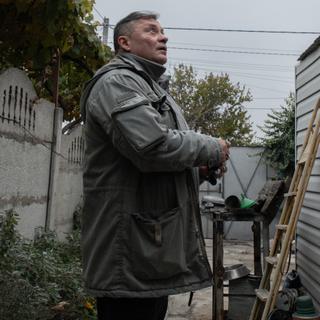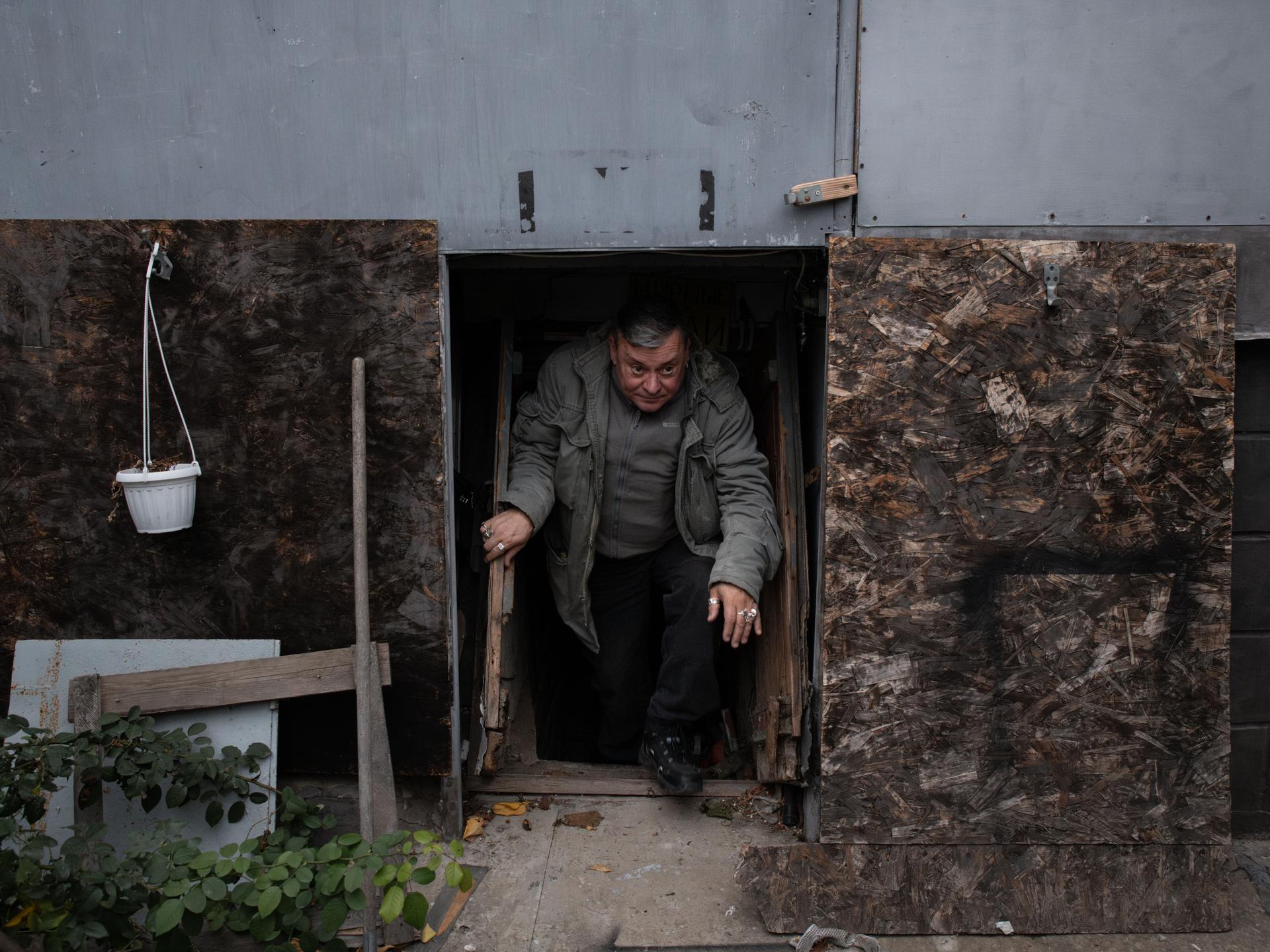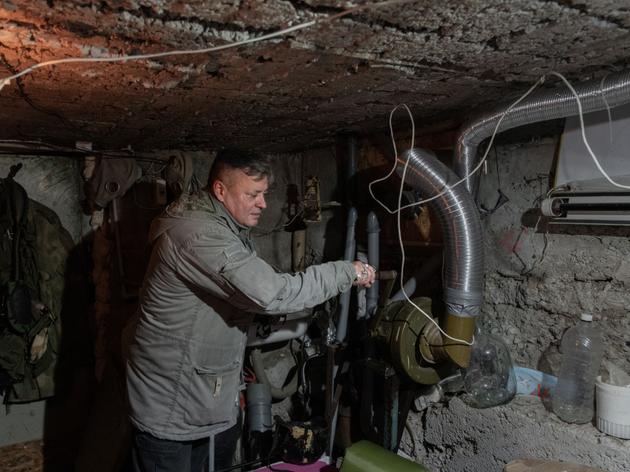


Ukraine: Russian drones sow terror in Kherson
NewsHundreds of Ukrainian civilians have been the target of drone attacks from across the Dnipro. Located on the front line, the town of Kherson, occupied at the start of the war and liberated in November 2022, is slowly dying.
Since its liberation two years ago, the city of Kherson in southern Ukraine has been ravaged by daily airstrikes launched from the opposite bank, still under Russian army control. Ernest Safonov, 57, parked his van under the canopy of trees and walked briskly down the few hundred meters to his house, located just 300 meters from the Dnipro. There wasn't a soul in sight that late afternoon in mid-November. The municipal culture department employee was careful to keep to the sidewalk, "because of the Lepestok anti-personnel mines the Russians drop on the city from their drones. They're very well camouflaged." On the other side of the Dnipro, you can see the left bank, which is still occupied by the Russian army. "Fortunately, there are no snipers left across the river," he said as he reached his bungalow, in a neighborhood marked by numerous bullet holes and seemingly completely deserted.
The roar of a quadrotor drone broke the silence. Safonov leaped against the wall of his house and scanned the sky, tense with fear. The sound changed pitch, signaling that the drone was moving closer. After a tense few dozen seconds, the noise faded away. "If it's an enemy drone, it will drop its payload further away and return empty to its pilot," he explained, having already regained his composure. He showed off a Russian quadrotor that crashed near his car this summer, failing to detonate its grenade. "I think Kherson is a training area for Russian drone pilots. They train on us civilians before going into battle. Here, we call it 'safari'."



Between the Dnipro's banks and Perekopska Street lies an 800-meter-wide strip of abandoned land. The scars of shelling are everywhere. There's no one on the streets, and if a vehicle passes through, it's at full speed. However, the danger goes far beyond that. This summer, during the peak of drone attacks on civilians, a Russian Telegram channel dedicated to strikes on Kherson published a map showing three-quarters of the city marked in red as a "no-go zone." "Any vehicle traveling in this zone is a legitimate target," the Telegram channel "From Mariupol to the Carpathians," run by Russian military bloggers, repeated almost daily. Its message was often accompanied by videos of drones dropping grenades on civilian vehicles and sometimes even pedestrians.
Cabs and buses targeted
According to the Kherson military administration, 28 civilians have been killed and 536 injured (including three children) since August 1, during a total of 8,000 recorded drone attacks. The diverse profile of the victims suggests that these strikes are intended to have a psychological impact on the entire population of Kherson. Dmytro Olifirenko, a former sailor turned humanitarian volunteer, was injured on September 30, while visiting a local official in Antonivka, a suburb of Kherson that has been particularly targeted by the Russian army. A drone spotted him and dropped a grenade on the porch where he had taken shelter. Several pieces of shrapnel wounded him in the temple, behind the ear, jaw, neck, abdomen and right leg. "The surgeon was only able to remove half the shrapnel. They are like balls made from non-ferrous metal that cannot be extracted with a magnet," he said.
You have 55.32% of this article left to read. The rest is for subscribers only.
